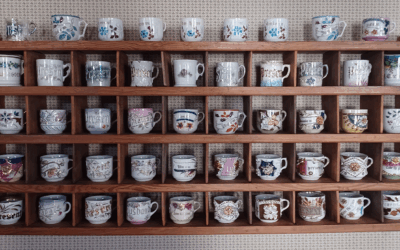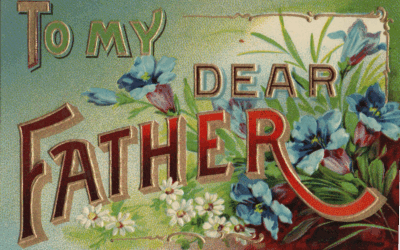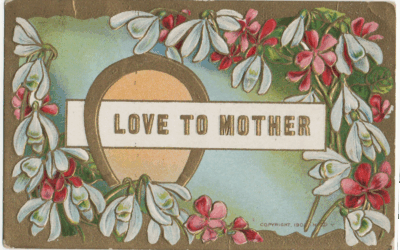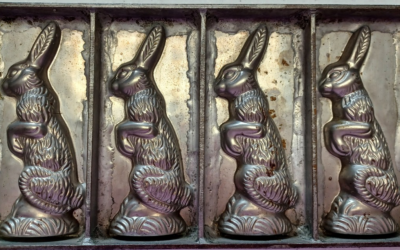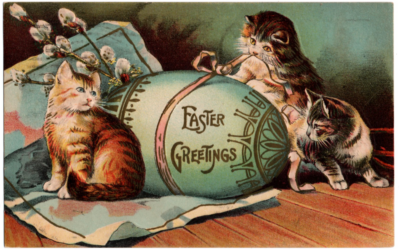Blue Milk Glass
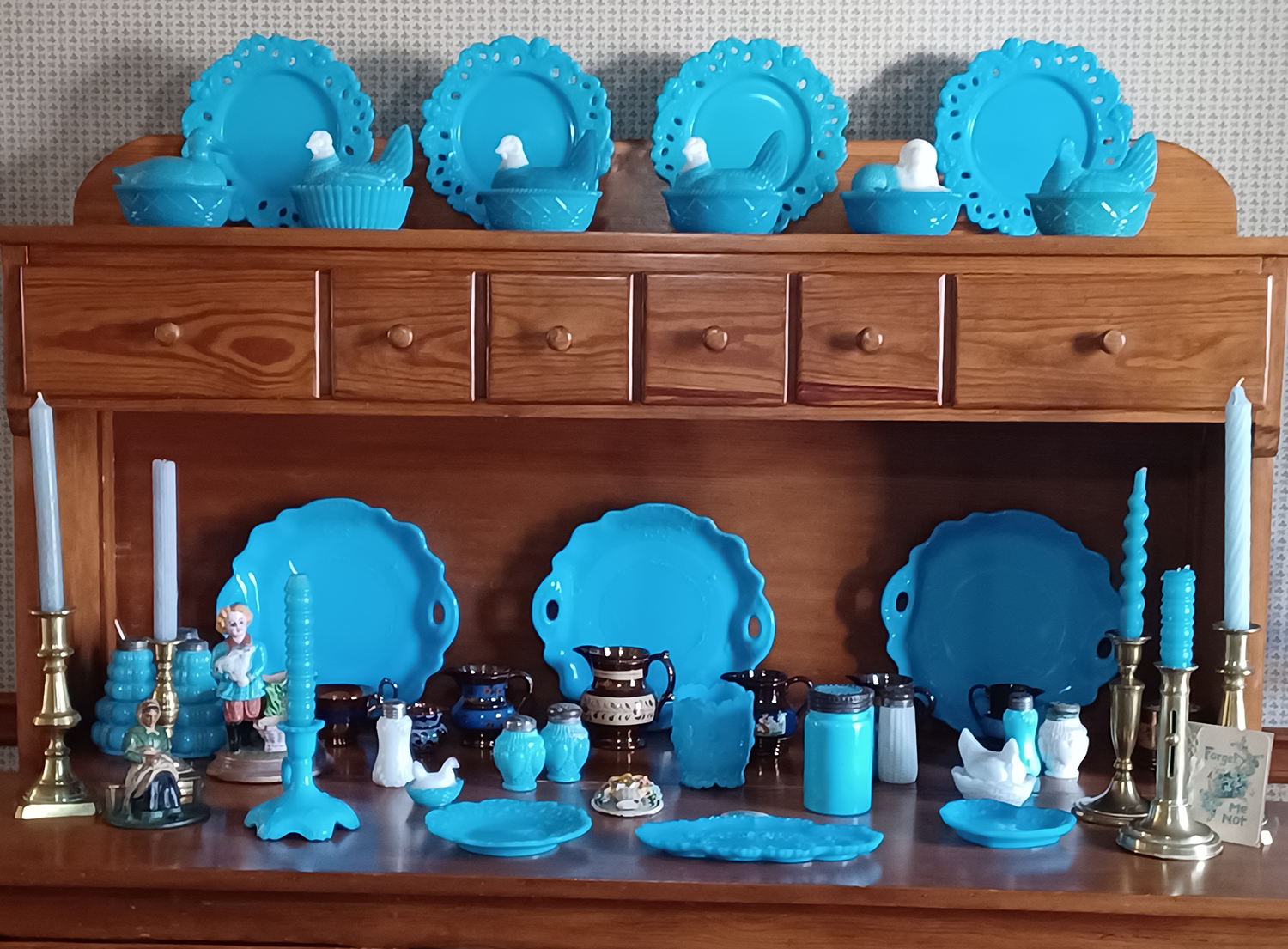
Written by Sally Thompson
Blue milk glass, also known as opal glass, has a rich history that dates back to the 16th century in Venice. It was originally created as a competitor to porcelain, offering a unique aesthetic and affordable alternative. Over time, the term “milk glass” emerged, though “opal glass” remained in use for many years. The 19th and mid-20th centuries saw several revivals of milk glass, particularly during the Victorian era (1890-1910) and again in the 1950s and 1960s. During these periods, milk glass became a staple for home decor, especially among florists, as its soft, opaque surface made it ideal for holding fresh arrangements. It was mass-produced by well-known glassmakers like Anchor Hocking, Fenton, and Westmorland, who created vases and other decorative items in abundance.
Milk glass
Milk glass is characterized by its smooth, opaque texture and distinct opalescent shine when held up to light. This gives the glass a luminous quality, making it popular for light fixtures and other decorative pieces. Its versatility and timeless appeal have ensured that milk glass remains a beloved collectible to this day.
One of the hallmarks of older milk glass is the presence of seams or mold lines, which were often visible from the production process. These features, along with the glass’s smoother texture, add to the piece’s value for collectors, especially when the item is rare or in excellent condition. However, not all milk glass is created equally, and some pieces may contain lead, particularly older items or those with painted designs. The presence of lead is often detectable when the glass is tapped, producing a ringing sound similar to a bell.
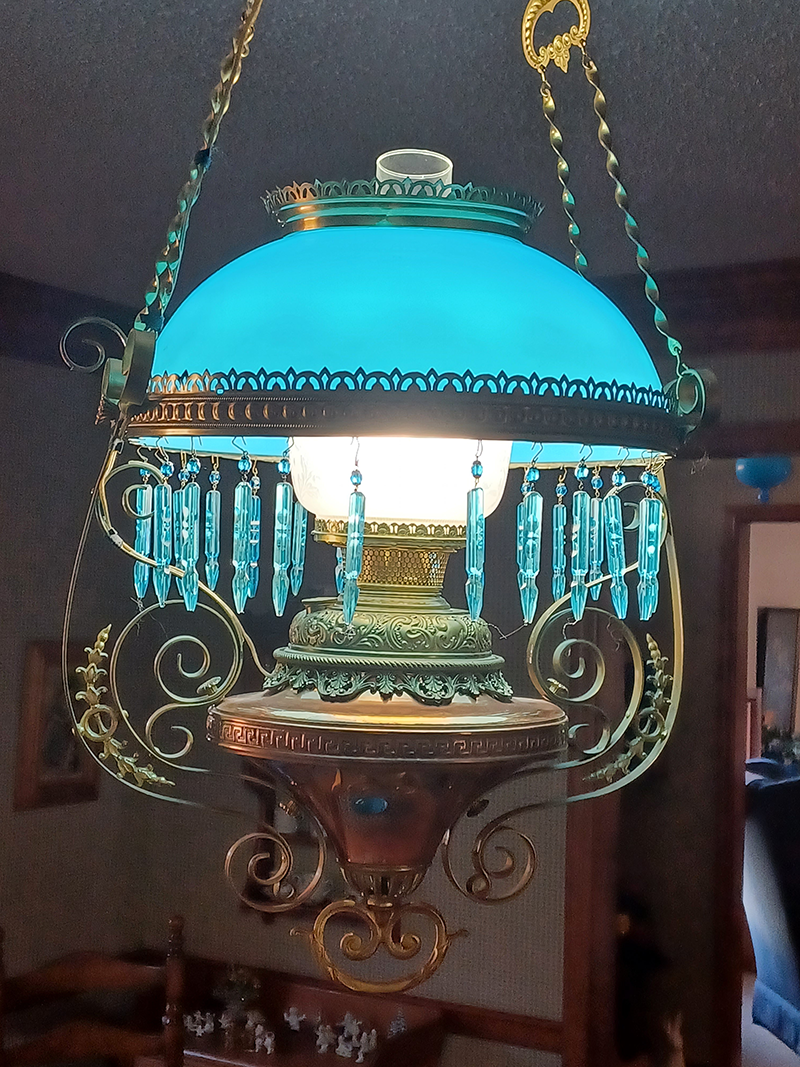
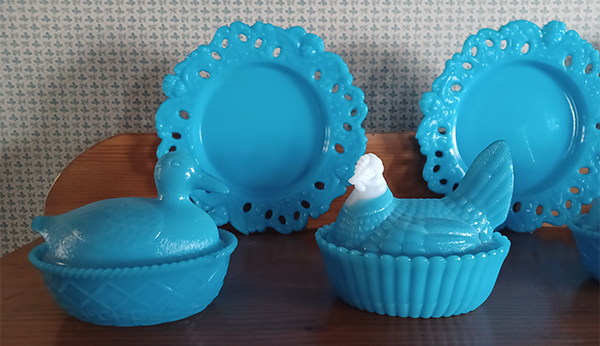
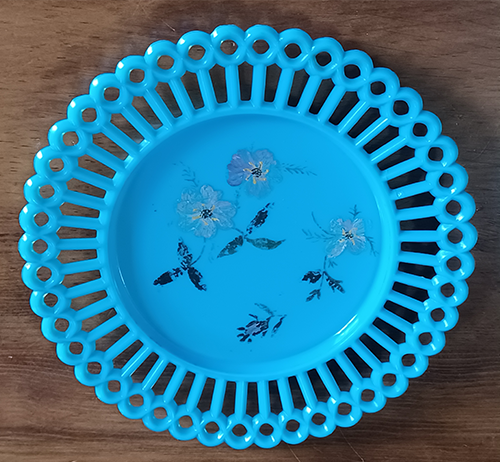
Most prized Milk Glass Items have Intricate Designs
Among the most prized milk glass items are those with intricate designs, such as covered animal dishes, floral vases, and pieces featuring hobnail patterns. These pieces, often made in the late 19th to mid-20th centuries, stand out for their craftsmanship and unique beauty. When held up to sunlight, some older pieces of milk glass can even exhibit a phenomenon known as the “ring of fire,” where an iridescent halo forms around the glass, creating a stunning visual effect that collectors cherish.
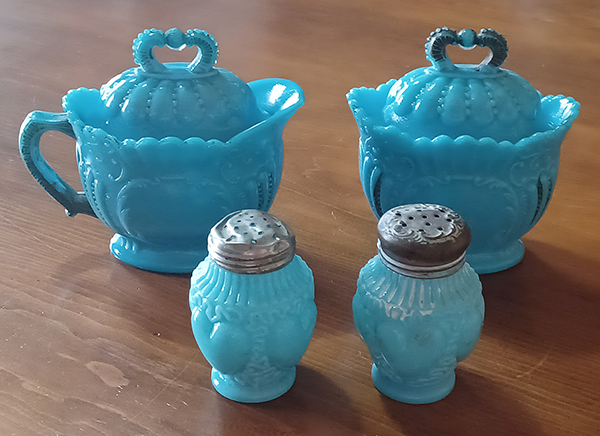
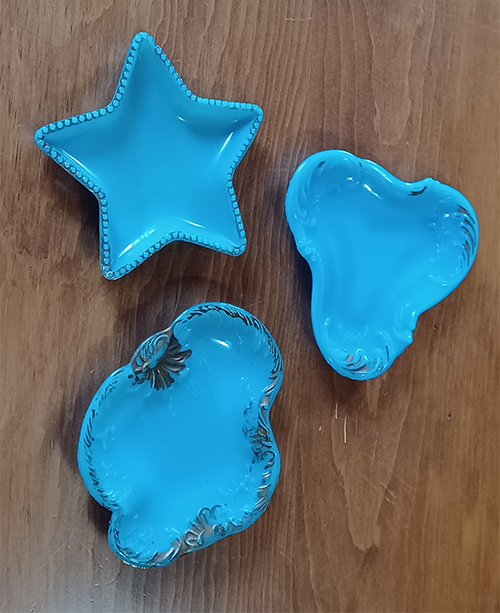
Starting a Collection
For those interested in starting a collection, milk glass offers an affordable hobby, especially when focusing on items from the 1950s and 1960s. These pieces are often more readily available and less expensive than their older counterparts, making it easier for new collectors to build a collection without breaking the bank. As a result, milk glass continues to enjoy popularity both as a decorative item and as a collectible, appealing to those who appreciate vintage aesthetics and craftsmanship.

If you're looking to add to your collection, check out my eBay store ebay.com/usr/granitemom48
Sally has a passion for collecting and organizing Antique and Vintage shows. To become a vendor contact Sally Thompson at Granitemom@aol.com or call 913-488-3306
Antique Postcard Sells at Ebay
Some of the text content has been rewritten by AI.
Written by Sally Thompson
Related Articles
Related
Shaving Mugs and Mustache Cups Victorian Treasure Collectibles
Images from Sally Thompson's personal collection When searching for a truly unique and meaningful Father’s Day gift, consider stepping back in time to the refined rituals of the Victorian era. Two standout collectibles from this period—shaving mugs and mustache...
Remembering Fathers, in Word and Memory — A Reflection for Father’s Day
June 15th, 2025 Father’s Day invites us to pause—not just to give gifts or gather for a meal, but to reflect on the quiet strength, kindness, and presence of the fathers who raised us, guided us, and stood beside us. For many of us, the word “Dad” holds a thousand...
Silhouettes: The Art of Shadows Before the Camera
Photo by Benjamin Davies on UnsplashBefore the camera lens became the go-to medium for capturing a loved one's likeness, people relied on the gentle curves of a profile, cast in shadow, to preserve memories. The art of the silhouette—named for its distinctive...
A Mother’s Day Reflection: Celebrating the Women Who Shape Us
There’s something about Mother’s Day that stirs up the deepest kind of reflection—the sort that brings with it smiles, stories, and sometimes a few tears. It’s a time to pause and truly honor the women who have nurtured, guided, and stood beside us through every...
The History of Easter Eggs and Easter Bunnies
Easter is one of the most widely celebrated holidays around the world, blending Christian traditions with much older pagan customs. Two of the most recognizable symbols of Easter—the egg and the bunny—have fascinating histories that stretch back centuries. Though...
Postcard Collecting: The Art and History of Deltiology
Postcard collecting, known as Deltiology, is one of the most popular hobbies in the world. The term comes from the Greek word deltion, meaning “small picture” or “letter,” and it refers to the study and collection of postcards. While postcards may seem like simple...

